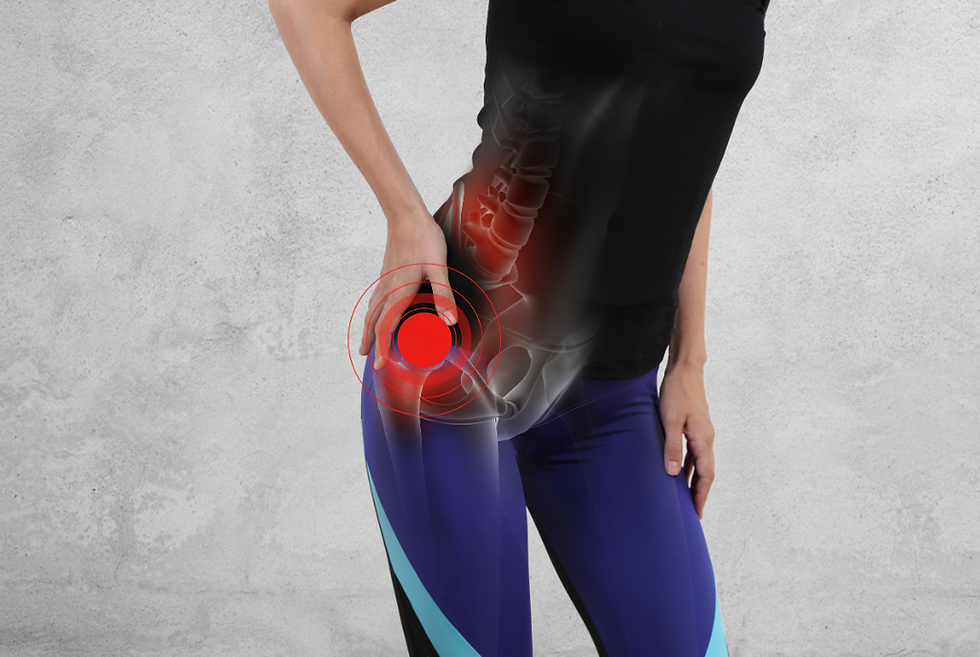3 Exercises To Increase Your SPRINT SPEED
- Georgia Manos

- Feb 13, 2023
- 2 min read
Sprinting can be simplified into 3 stages; acceleration, maximum velocity and deceleration
phase, where each of these can be addressed to improve sprint time.

In sports like tennis, netball, basketball or football, athletes spend a lot of their time within the
acceleration phase, as it takes a significant distance to achieve maximum velocity. As such,
players are required to change direction before max velocity can be reached due to the
constraints of the field/court and nature of the game. This does not mean that athletes
cannot achieve a considerable proportion of their maximal velocity over a short distance,
merely that training to increase acceleration speed could be more applicable in these sports.
Acceleration is the “rate at which velocity changes with time, in terms of both speed and
direction”. In sprinting, it refers to the process of the sprinter aiming to reach maximum
velocity as quickly as possible.
To increase acceleration speed, you want a combination of sprint drills, plyometrics and
resistance training to improve force generation, rate of force development, dynamic stability
and technique. Without further ado, here are 3 resistance exercises you can add to your gym
program!

The Hip Thrust: To accelerate, sprinters must be able to produce force rapidly in their
primary hip extensors (glutes), therefore the hip thrust should be performed explosively to
gain max
benefits. Horizontal force production is required to accelerate, which is the same
force that is applied in
a hip thrust, unlike a squat or deadlift which loads the glutes in a
vertical manner. In addition, the range of motion of your femur (thigh bone) relative to your
hip joint mimics that of the stride.

The Bulgarian Split Squat (quad focused): Sprinting is a unilateral movement and as such,
implementing/prioritising a unilateral exercise over a traditional squat makes sense. This
exercise allows you to address any strength asymmetries from right to left. It also requires a
significant amount of muscle coactivation for stabilisation purposes, in order to perform the
movement successfully, again mimicking the demands of sprinting. Furthermore, bending of
the hips, knees, and ankle during the down phase and extension in the up phase of the
exercise also closely matches the actions performed in the acceleration movement. A glute
focused Bulgarian Split Squat can also be a useful tool, however its applicability to sprint
mechanics is limited due to the glutes being primarily loaded in a lengthened position during
the exercise.

The Weighted Sled Run: Technique plays a major role in increasing acceleration speed, with
there being an optimal forward torso angle of roughly 70 degrees. Considering this, we don’t
want to load the sled to the point where this angle is altered to accommodate the weight.
This exercise encourages you to explosively and rapidly push into the ground so as to
overcome the inertia and get the sled propelling forward, thereby training force generation
and rate of force development. It is also the most specific resistance exercise as it is the
closest you can get to mimicking the actual movement.
The above is under the assumption that you are receiving adequate plyometric and sprint
based exercises from your sports specific coach. If you would like to chat about the other 2
training modalities, please feel free to contact me on georgia@sportsfithealthandrehab.com.au
Alternatively, you can book in here




Comments